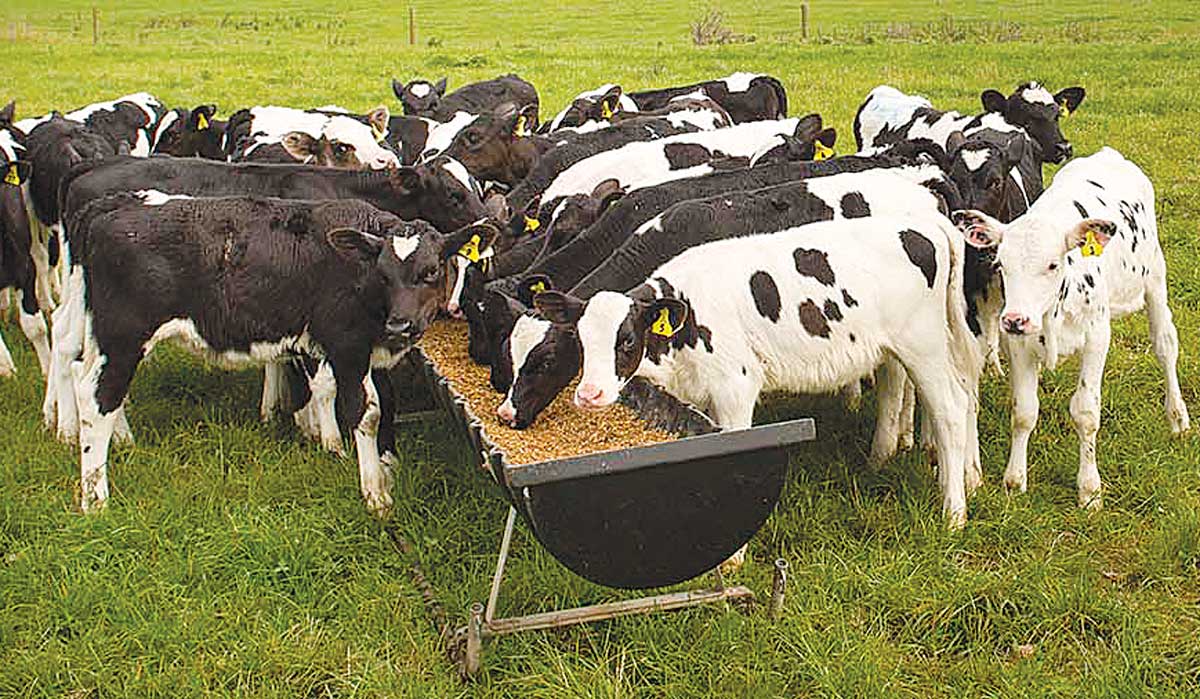2024/25 Dairy Statistics: NZ dairy farmers boost production with fewer cows
According to the New Zealand Dairy Statistics 2024/25 report, New Zealand dairy farmers are achieving more with fewer cows.
DairyNZ’s annual economic survey shows Kiwi dairy farmers remained profitable in the 2021/22 season despite increases in operating expenses.
DairyNZ head of economics, Mark Storey, says it was positive to see operating profit at the time was up on previous years, with an increase to $4,150 per hectare for owner-operators.
However, at the same time, he says a record-high occurred in operating expenses, and over a year later, it remains a key challenge for farmers.
“It is good to see farmers managed increased expenses and, with careful management of costs and inputs, still being able to achieve higher-than-average operating profit,” says Storey.
He says that for the 2021/22 season, the industry was “fortunate” to see an above-average milk price of $9.19/kgMS which helped enable that success.
“However, farmers also experienced record-high operating expenses per kgMS,” he adds.
It was the second consecutive record-high for operating expenses, with an increase to an average $6.35/kgMS for 2021/22. On a per hectare basis, the most notable increases included fuel, fertiliser, and feed.
“Looking ahead, we are seeing many of these high costs, including high interest rates, being carried into this season, with operating expenses forecast to increase to around $6.78/kgMS,” says Storey.
He says feed continues to be the biggest on-farm cost, and it has been since the 2007/08 season, making it an important consideration for farmers seeking to control farm costs.
“Those farmers can consider strategic planning to reduce the cost of purchased feed by looking at opportunities for planting more crops or forward buying imported feed,” he says.
 |
|---|
|
Feed continues to be the biggest on-farm expense for many dairy farmers. |
Sharemilkers also recorded an increase in operating profit per hectare although higher milk prices were partially offset by a decrease in milksolids per cow.
Storey says the difference between farms with high and low operating profits is that top farmers are more efficient, with lower operating expenses per kgMS.
“That’s why it is important farmers are making a budget and considering how they will manage costs for the season ahead, with more operating expense increases expected,” he says.
Three New Zealand agritech companies are set to join forces to help unlock the full potential of technology.
As the sector heads into the traditional peak period for injuries and fatalities, farmers are being urged to "take a moment".
Federated Farmers says almost 2000 farmers have signed a petition launched this month to urge the Government to step in and provide certainty while the badly broken resource consent system is fixed.
Zespri’s counter-seasonal Zespri Global Supply (ZGS) programme is underway with approximately 33 million trays, or 118,800 tonnes, expected this year from orchards throughout France, Italy, Greece, Korea, and Japan.
Animal owners can help protect life-saving antibiotics from resistant bacteria by keeping their animals healthy, says the New Zealand Veterinary Association.
According to analysis by the Meat Industry Association (MIA), New Zealand red meat exports reached $827 million in October, a 27% increase on the same period last year.